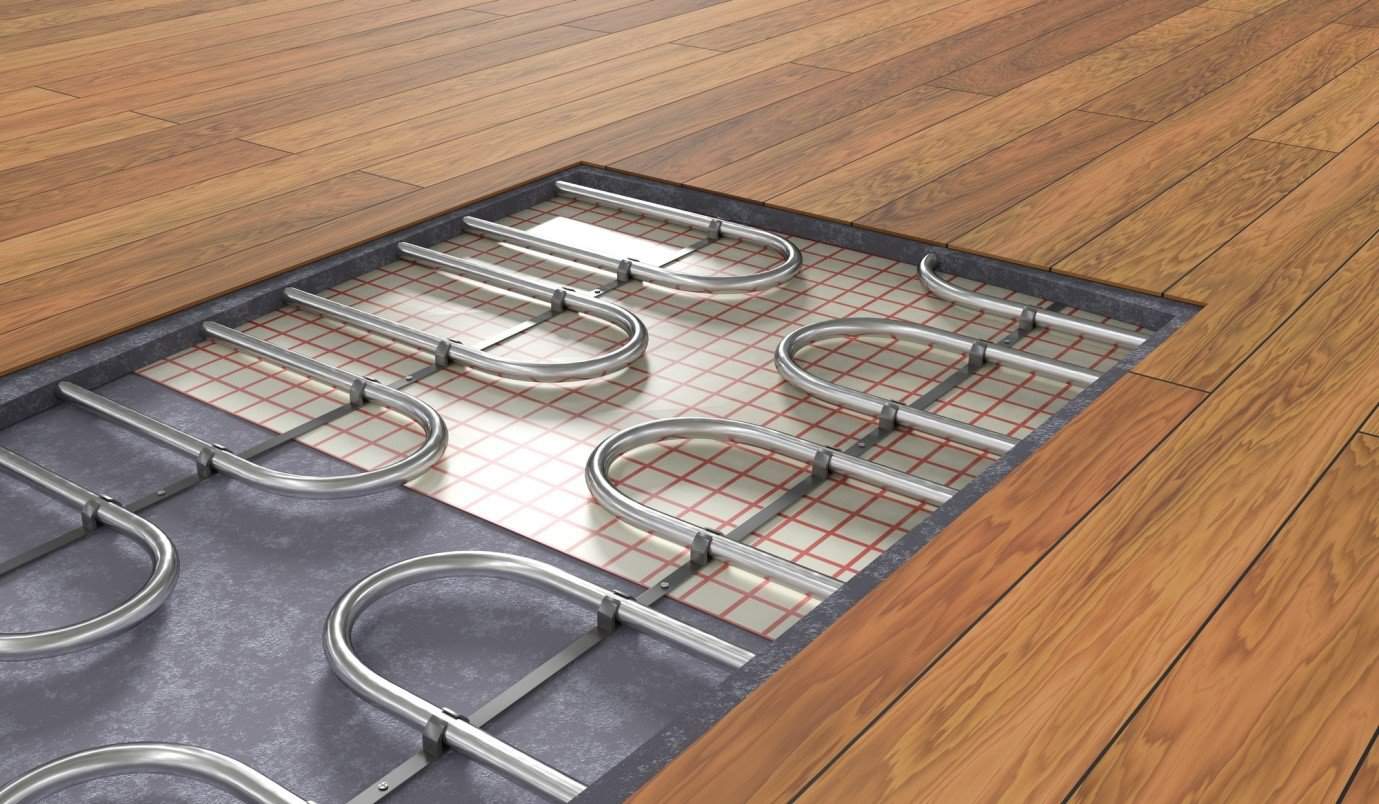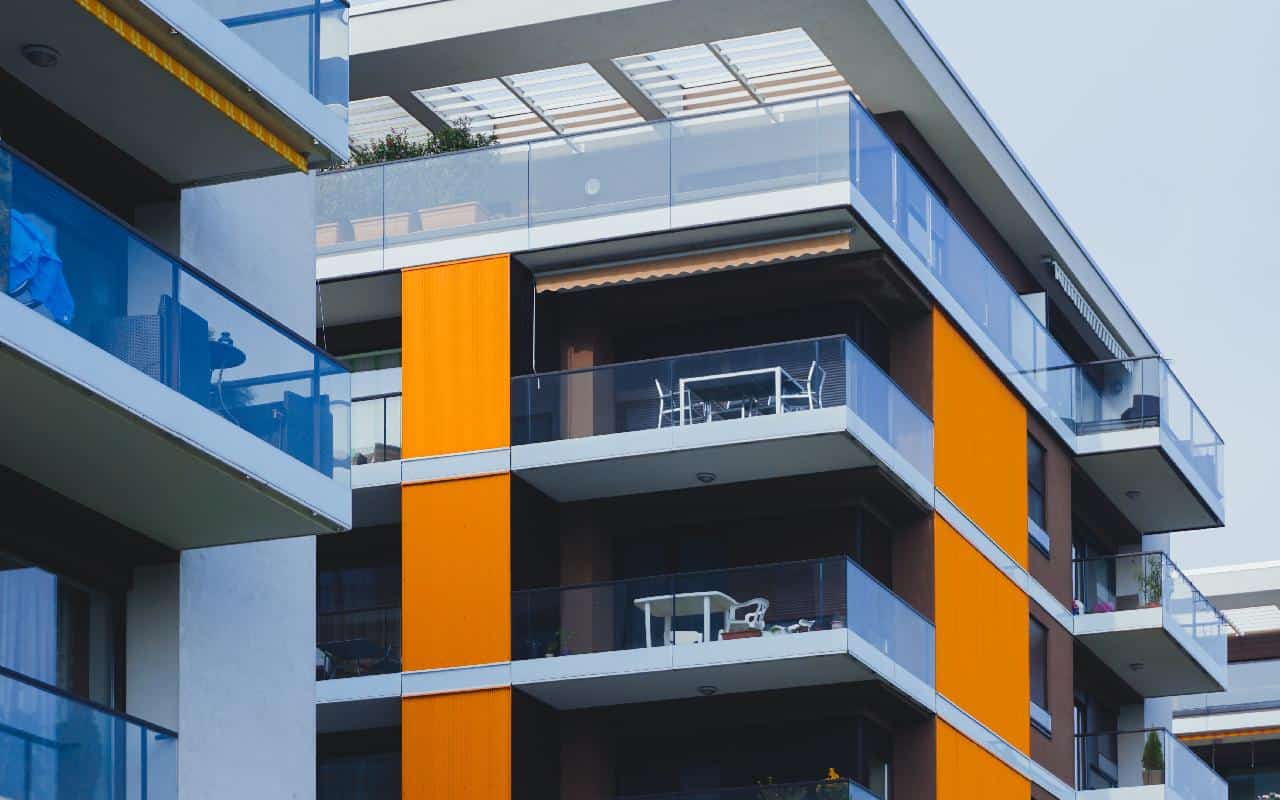The Zen-Destroying Errors in Japanese-Inspired Interiors: A Guide to Harmony
Imagine walking into a serene Japanese garden, only to find it cluttered with neon signs and mismatched furniture. The tranquility is shattered, and the essence of Zen is lost. Similarly, in Japanese-inspired interiors, certain mistakes can disrupt the harmony and peace that these spaces aim to create. Let’s explore the common errors that can turn your Zen oasis into a chaotic mess.
Just as a skilled chef knows that too many ingredients can spoil a dish, a thoughtful interior designer understands that too many elements can ruin the ambiance of a room. Japanese design is all about balance and simplicity, but it’s easy to get it wrong. Here’s a look at the 15 Zen-destroying errors in Japanese-inspired interiors and how to fix them.
Recent research highlights the importance of minimalism and natural materials in Japandi design. The trend emphasizes clean lines, neutral colors, and a focus on functionality and sustainability. For instance, incorporating natural materials like wood, bamboo, and stone can enhance the connection with nature, which is a key principle in Japanese design.
15 Zen-Destroying Errors in Japanese-Inspired Interiors
| Number | Error | Explanation | How to Fix |
|---|---|---|---|
| 1 | Cluttered Spaces | Too many items disrupt the tranquil atmosphere. | Declutter and keep only essential items that bring joy. |
| 2 | Ignoring Natural Light | Natural light is essential for creating an airy, zen environment. | Incorporate larger windows or sheer curtains to let in more light. |
| 3 | Overly Bold Colors | Bright colors clash with the muted tones typical in Japanese design. | Choose a neutral palette with pops of soft hues if needed. |
| 4 | Too Many Patterns | Using many patterns can create chaos rather than calm. | Limit patterns to one or two statement pieces. |
| 5 | Improper Furniture Sizing | Furniture should be proportionate to the room to maintain balance. | Select furniture that fits comfortably without overwhelming the room. |
| 6 | Ignoring Textures | Textures add depth and interest, which can be overlooked. | Experiment with various materials to find harmony. |
| 7 | Neglecting Minimalism | Minimalism is a key principle—too much decor can overwhelm the senses. | Embrace empty space and limit accessories. |
| 8 | Wrong Lighting Choices | Lighting should complement the design and create a warm ambiance. | Use warm, soft lighting options and multiple sources. |
| 9 | Neglecting Outside Views | Views of nature are integral; blocking them negates the environment’s benefits. | Create outdoor access points or large windows. |
| 10 | Focal Point Overlooked | Every room needs a focal point to draw the eye and anchor the space. | Choose decor that directs attention towards the focal area. |
| 11 | Cultural Appropriateness | Understanding cultural nuances is key to respectful decor choices. | Educate yourself on Japanese culture before decorating. |
| 12 | Lack of Zen Elements | Elements of zen, such as tranquility and simplicity, are crucial. | Incorporate elements like a rock garden or water feature. |
| 13 | Not Utilizing Natural Materials | Natural materials contribute to the connection with nature typical of this style. | Use wood, bamboo, or stone for an organic feel. |
| 14 | Ignoring Functional Layout | A functional layout ensures the space serves its intended purpose. | Plan the layout with consideration for movement and functionality. |
| 15 | Inconsistent Styles | Sticking to one consistent style keeps the atmosphere cohesive. | Stick to a single theme or color scheme throughout. |
Creating a Japanese-inspired interior is not just about aesthetics; it’s about cultivating a sense of peace and harmony. By avoiding these common errors, you can create a space that truly embodies the spirit of Zen. Remember, simplicity and balance are key. So, take a deep breath, declutter, and let the tranquility flow.
In the end, it’s all about finding that perfect balance between form and function, between simplicity and elegance. With a little mindfulness and attention to detail, you can transform your space into a serene oasis that reflects the beauty of Japanese design.
Discover more from Futurist Architecture
Subscribe to get the latest posts sent to your email.



